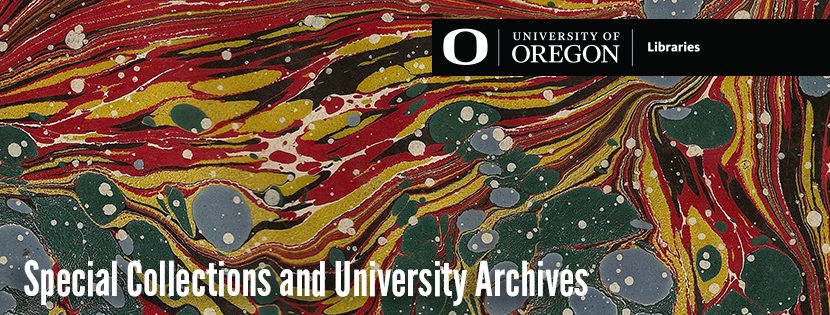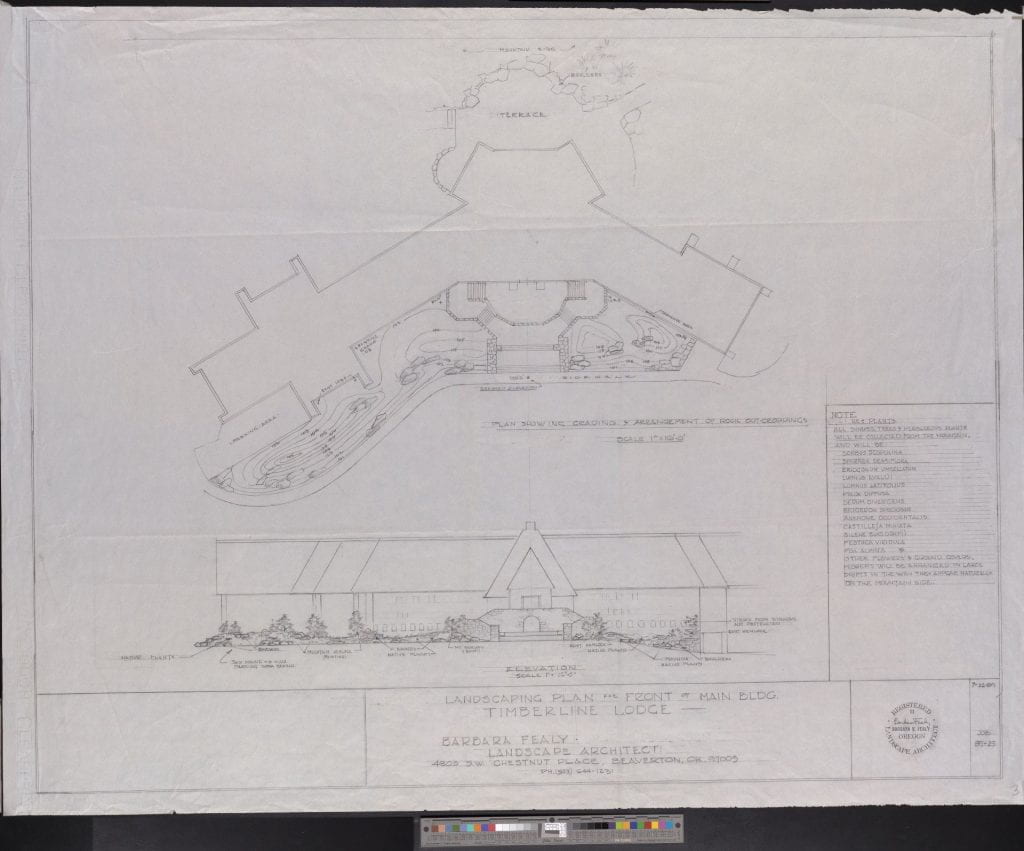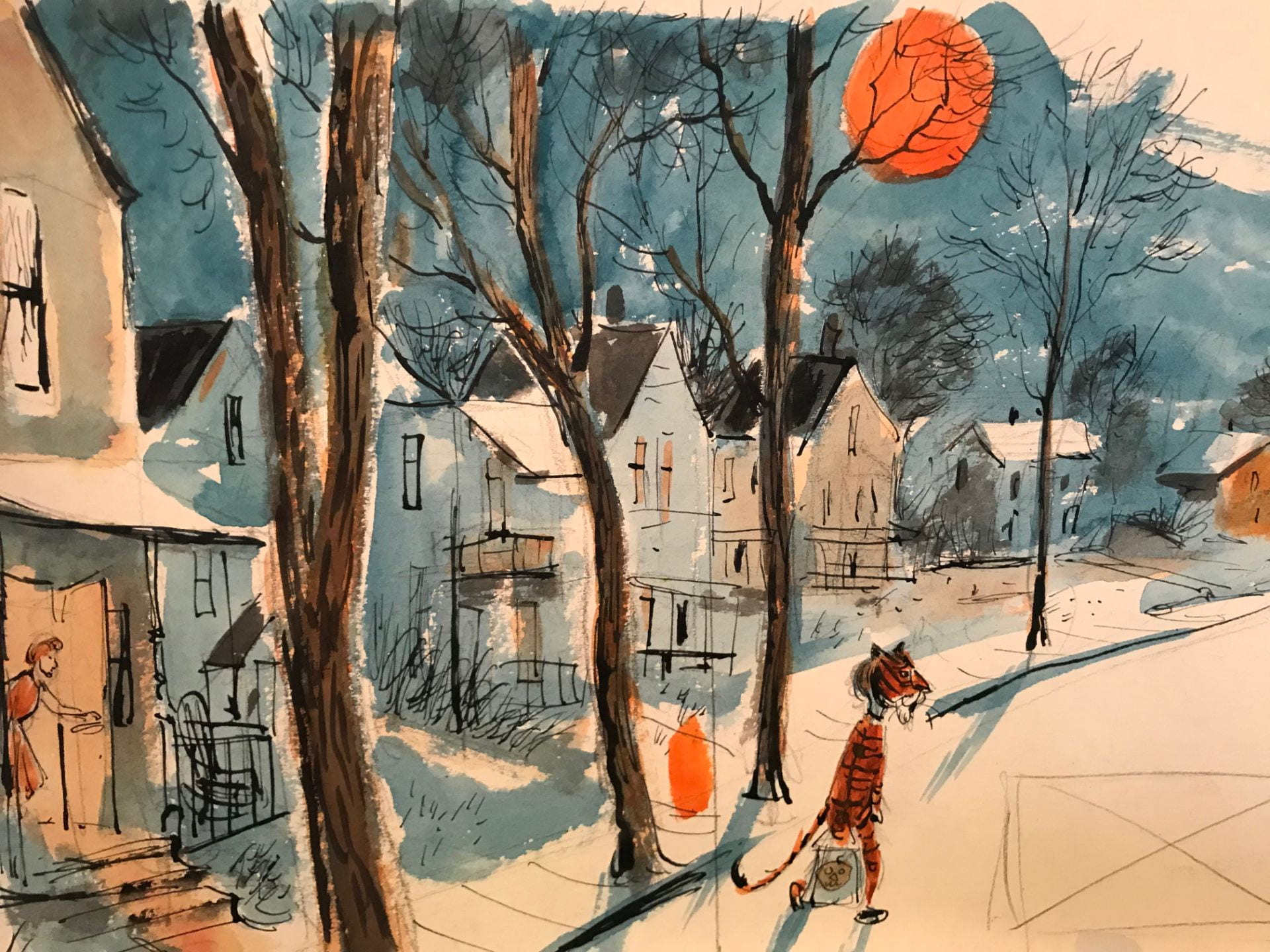NHPRC Grant | Kurt Wiese papers
This is one in a series of posts related to our NHPRC-sponsored project: Twentieth Century Children’s Literature: Exploring the Past, Understanding the Present. Previous posts can be found here.
Special Collections and University Archives is pleased to announce the publication of a newly revised finding aid for the Kurt Wiese papers (Ax 445). The finding aid is available on ArchivesSpace.

The Kurt Wiese papers represent a major portion of Wiese’s body of work produced as an illustrator and author of American children’s literature. The collection is comprised of original children’s book production material and personal papers.
The children’s book production material series includes Wiese’s original artwork and related preparatory materials used in the creation of children’s books written by Wiese and other authors. The bulk of the artwork is comprised of ink and litho crayon illustrations on paper and board, but it also includes press-ready color-separated art on acetate, dummies, cover art, sketches, and proofs. It also includes typed manuscripts, as well as publisher and author correspondence.
The personal papers series includes personal and commercial artwork by Wiese not created for children’s books, as well as personal scrapbooks and photographs of Wiese. The original artwork is comprised of sketchbooks, drawings, paintings, and etchings, as well as some illustrations for magazines, periodicals, and greeting cards.

Kurt Wiese was born on April 22, 1887 in Minden, Germany. From 1909 to 1915, he worked and traveled throughout China and Southeast Asia. But at the outbreak of World War I, he was captured and sent to a prisoner-of-war camp in Australia. After being released at the end of the war, Wiese returned to Germany but the economy was so bad that he left for Brazil, where he began his career in illustration. In 1927 Wiese moved to the United States, where he married Gertrude Hansen in 1930 and they permanently resided in New Jersey. His first critical success in book illustration was Felix Salten’s Bambi in 1929. Wiese wrote and illustrated 20 children’s books and illustrated another 300 for other authors. He received the Caldecott Honor Book Award in 1946 for You Can Write Chinese and in 1948 for Fish in the Air. He also illustrated the Newbery Award winner Young Fu of the Upper Yangtze, and the Newbery Honor books Honk the Moose, Li Lun, Lad of Courage, and Daughter of the Mountains. Kurt Wiese died on May 27, 1974.










